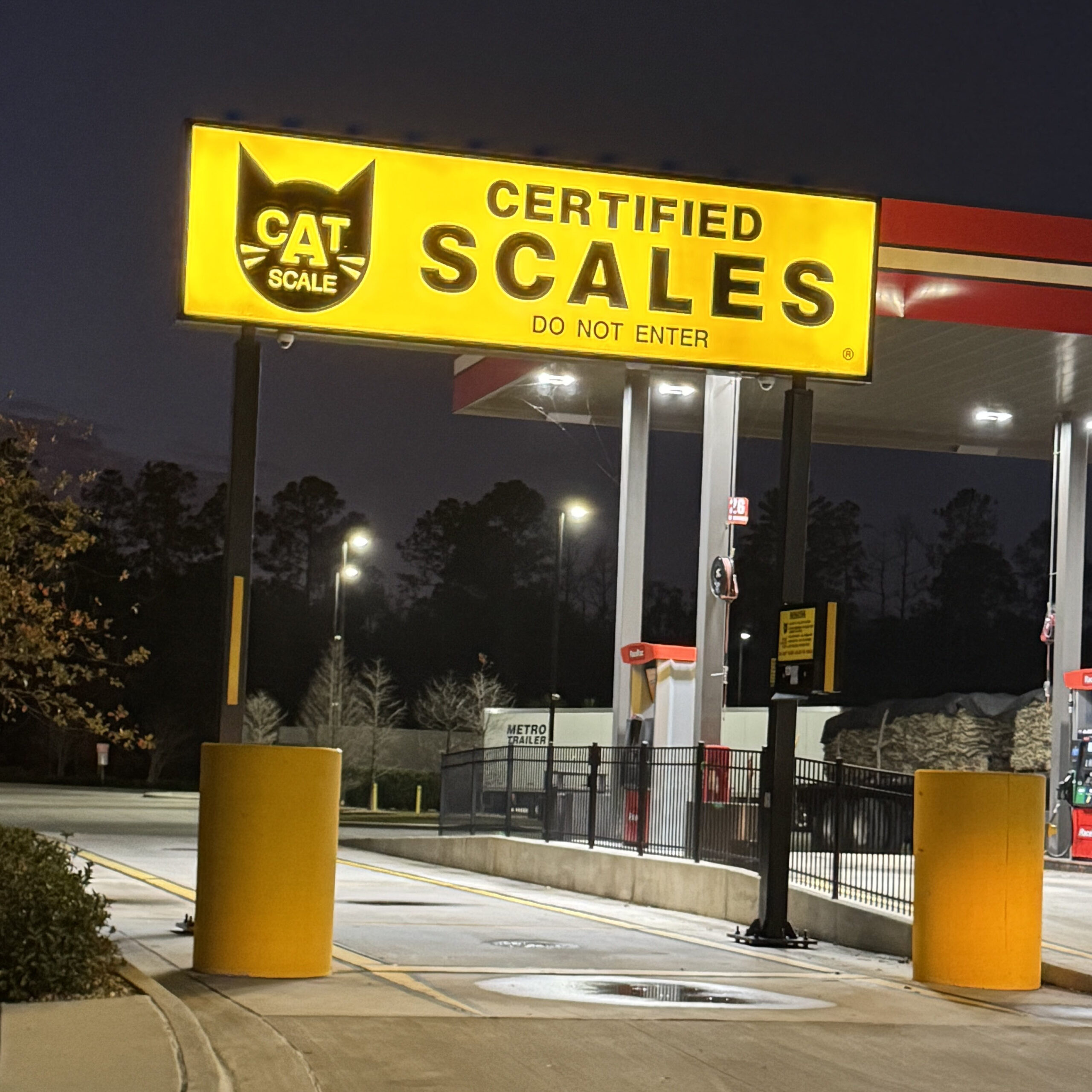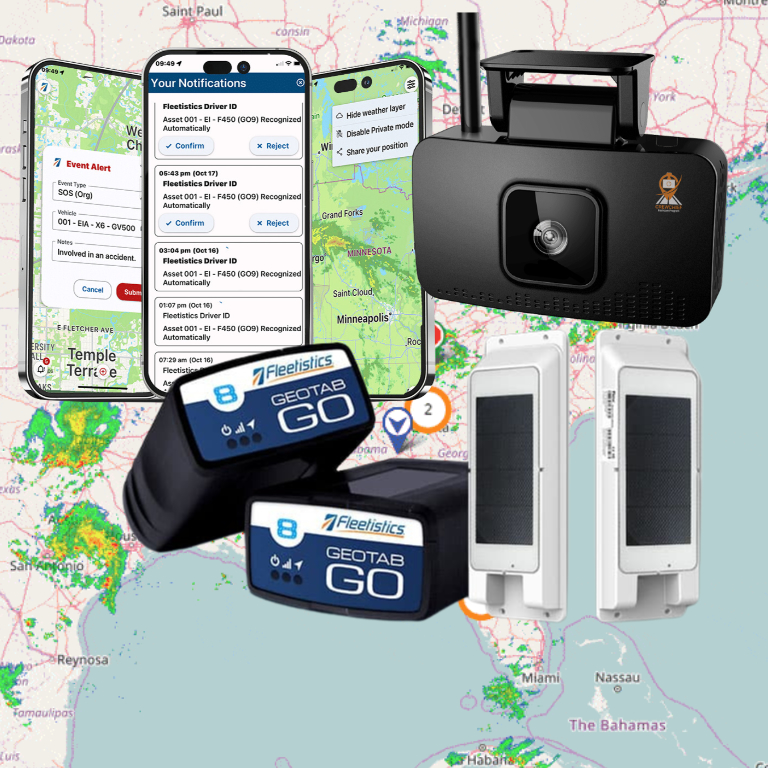Understanding GVWR: Essential for Safe Trucking
The Importance of Gross Vehicle Weight Rating
Discover why GVWR is a critical factor in ensuring the safety and efficiency of your fleet operations.
Understanding Gross Vehicle Weight Rating (GVWR)
When it comes to vehicle safety and performance, one of the most critical specifications to understand is the Gross Vehicle Weight Rating (GVWR). This rating is essential for anyone who owns, operates, or manages vehicles, especially those used for commercial purposes. In this article, we will delve into what GVWR is, why it matters, and how it impacts various aspects of vehicle operation.
What is Gross Vehicle Weight Rating (GVWR)?
GVWR is the maximum allowable total weight of a vehicle when fully loaded. This includes the weight of the vehicle itself (curb weight), plus the weight of passengers, cargo, fuel, and any additional equipment. The GVWR is determined by the vehicle manufacturer and is a crucial factor in ensuring the safety and efficiency of the vehicle.
Why is GVWR Important?
Safety Assurance
GVWR ensures that vehicles operate within safe weight limits, reducing the risk of accidents caused by overloading.
Regulatory Compliance
Adhering to GVWR helps trucking companies meet legal requirements, avoiding penalties and ensuring smooth operations.
Performance Optimization
By following GVWR guidelines, fleets can optimize vehicle performance, leading to better fuel efficiency and reduced maintenance costs.
How is GVWR Determined?
The GVWR is calculated by the vehicle manufacturer based on several factors, including the design, construction, and intended use of the vehicle. Key components considered in determining the GVWR include:
-
Chassis and Frame: The strength and durability of the vehicle’s chassis and frame are critical in supporting the total weight.
-
Suspension System: The suspension system must be capable of handling the maximum load without compromising stability and control.
-
Braking System: The brakes must be able to safely stop the vehicle when fully loaded.
-
Tires: The tires must have the appropriate load rating to support the GVWR.

GVWR vs. Other Weight Ratings
It’s important to distinguish GVWR from other related weight ratings:
-
Curb Weight: The weight of the vehicle without passengers, cargo, or additional equipment.
-
Gross Axle Weight Rating (GAWR): The maximum weight that can be supported by each axle.
-
Payload Capacity: The maximum weight of passengers and cargo that can be added to the vehicle without exceeding the GVWR.
How to Find Your Vehicle’s GVWR
The GVWR is typically listed on a label or plate located on the driver’s side door jamb, inside the glove compartment, or in the owner’s manual. It is essential to know your vehicle’s GVWR to ensure safe and legal operation.
Consequences of Exceeding GVWR
Exceeding the GVWR can have several negative consequences:
1. Mechanical Failures: Overloading can cause critical components to fail, such as the suspension, brakes, and tires.
2. Reduced Handling and Stability: An overloaded vehicle is more difficult to control, increasing the risk of accidents.
3. Increased Stopping Distance: Heavier loads require more time and distance to stop, which can be dangerous in emergency situations.
4. Legal Penalties: Operating a vehicle over its GVWR can result in fines, penalties, and other legal repercussions.
Tips for Managing GVWR
To ensure your vehicle operates within its GVWR, consider the following tips:
-
Know Your Limits: Always be aware of your vehicle’s GVWR and avoid exceeding it.
-
Distribute Weight Evenly: Properly distribute the weight of passengers and cargo to maintain balance and stability.
-
Regular Maintenance: Keep your vehicle in good condition to handle its maximum load safely.
-
Use Appropriate Equipment: Ensure that any additional equipment or modifications are compatible with your vehicle’s GVWR.
Understanding GVWR Calculation
Step 1
Step 1: Identify the vehicle’s curb weight, which is the weight of the vehicle without passengers or cargo.
Step 2
Step 2: Add the weight of passengers, fuel, and any additional equipment to the curb weight.
Step 3
Step 3: Consider the manufacturer’s specifications for maximum load capacity to determine the GVWR.
GVWR FAQs
Understanding GVWR is crucial for maintaining compliance and ensuring safety in fleet operations. Here are some common questions answered.
What does GVWR mean for my fleet?
GVWR, or Gross Vehicle Weight Rating, indicates the maximum weight a vehicle can safely handle, including its own weight and any cargo. It is essential for compliance and safety.
How is GVWR different from payload capacity?
Payload capacity refers to the maximum weight of cargo and passengers a vehicle can carry, while GVWR includes the vehicle’s own weight plus the payload.
Why is adhering to GVWR important?
Exceeding GVWR can lead to vehicle damage, increased wear and tear, and potential legal penalties. It ensures safety and compliance with regulations.
How can I find my vehicle's GVWR?
The GVWR is typically listed on the vehicle’s compliance label, located on the driver’s side door frame or in the owner’s manual.
Understanding and adhering to the Gross Vehicle Weight Rating (GVWR) is crucial for the safety, performance, and legal compliance of your vehicle. By knowing your vehicle’s GVWR and managing your loads accordingly, you can ensure a safer and more efficient driving experience.
Discover Fleet Management Solutions
Ensure your fleet is always compliant with GVWR regulations by exploring our cutting-edge management solutions. Stay ahead of the curve and optimize your operations today.










